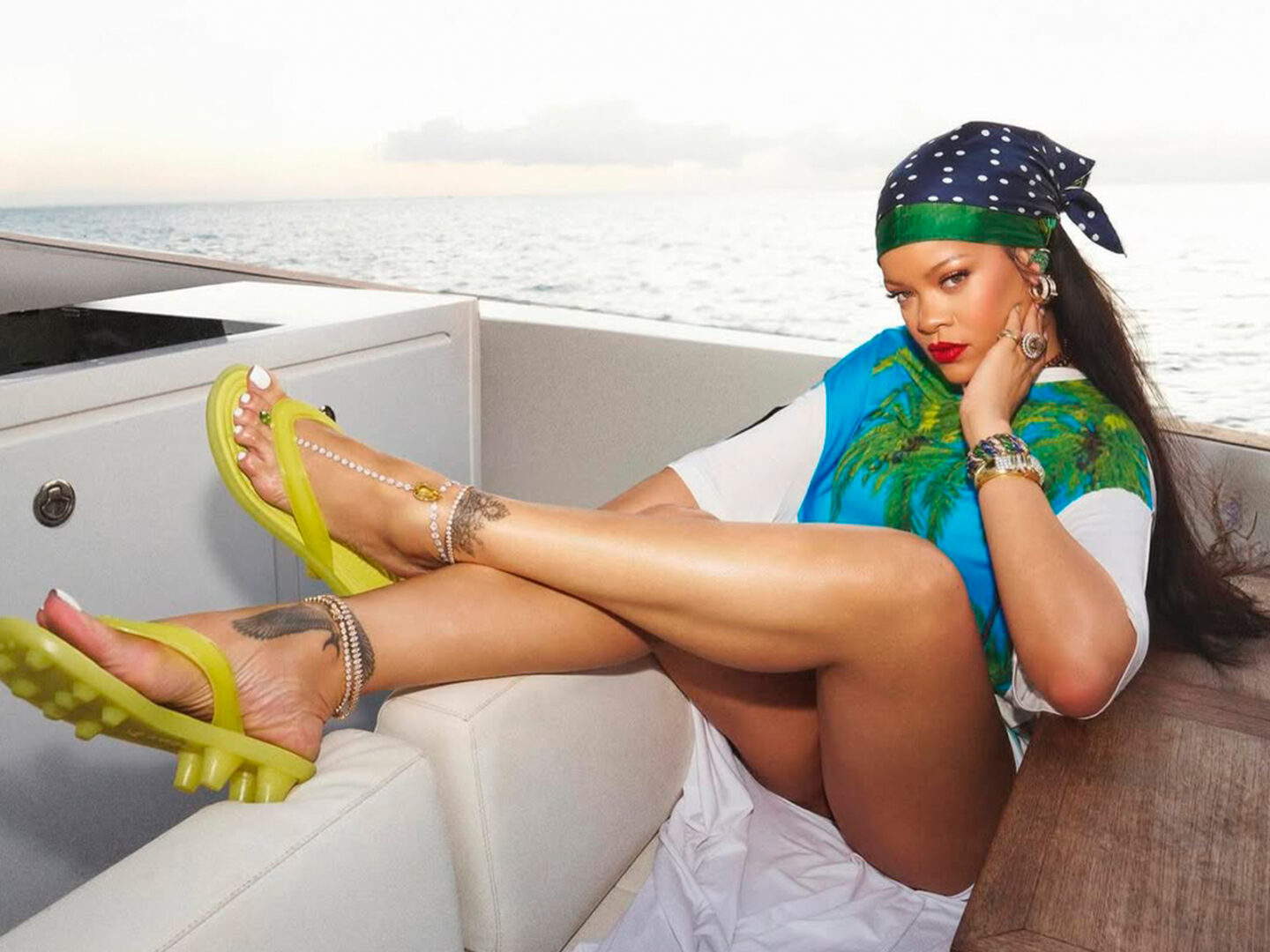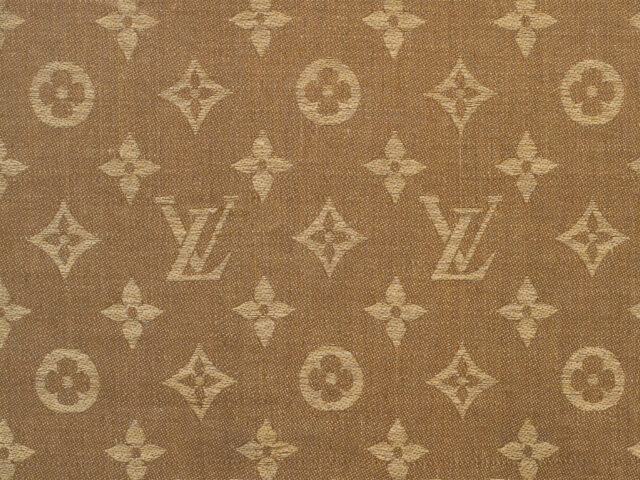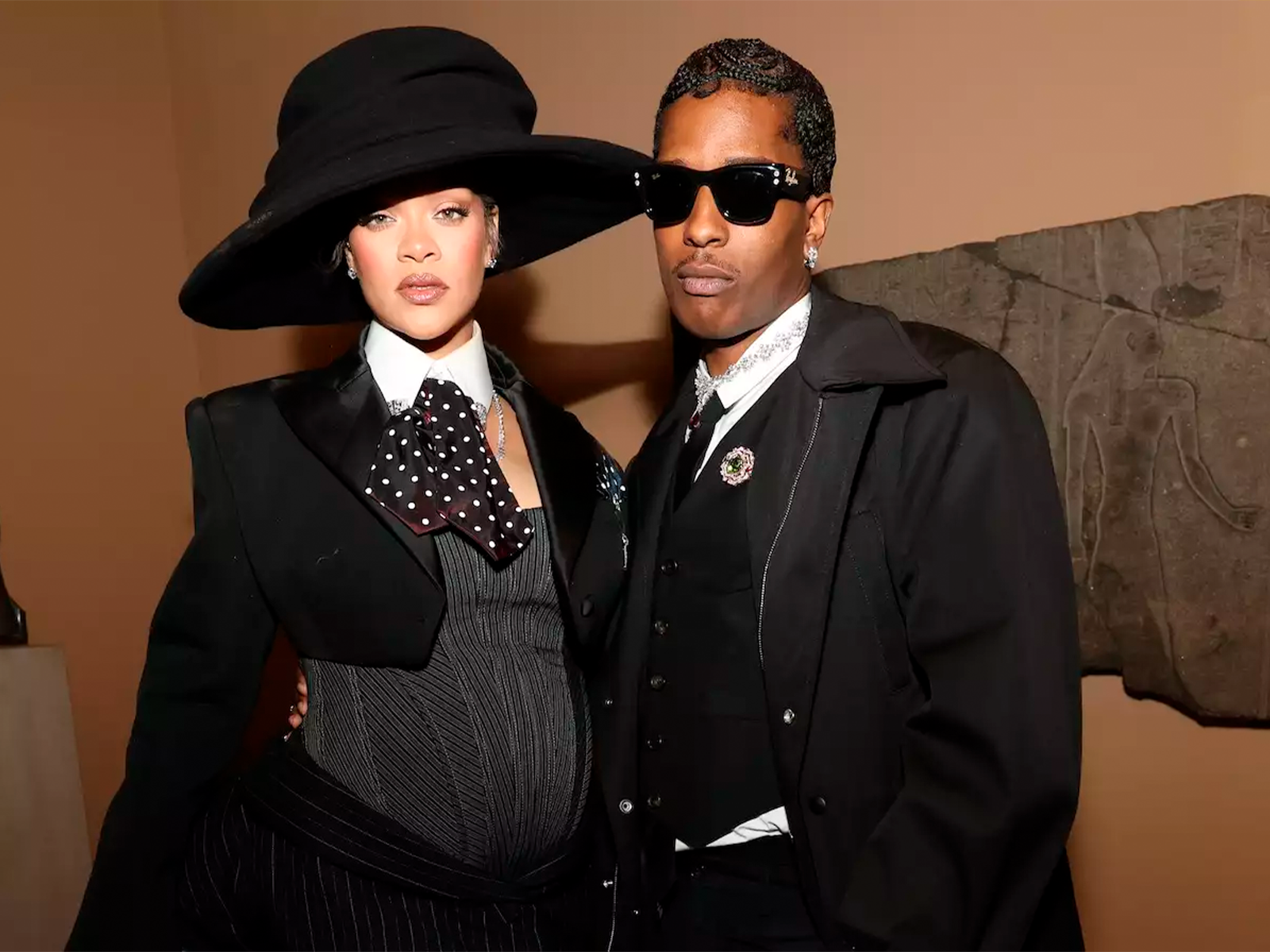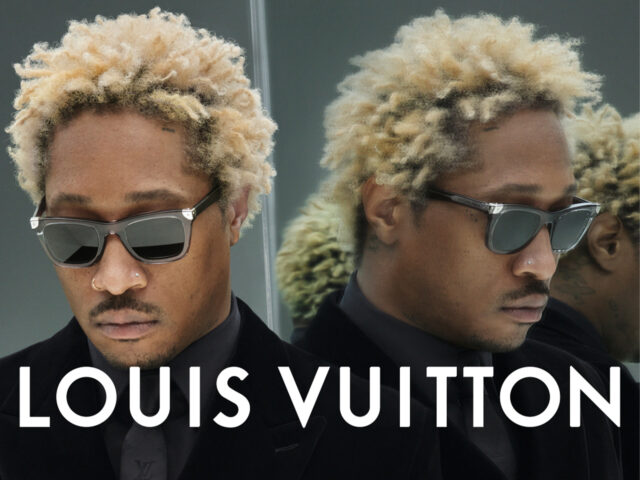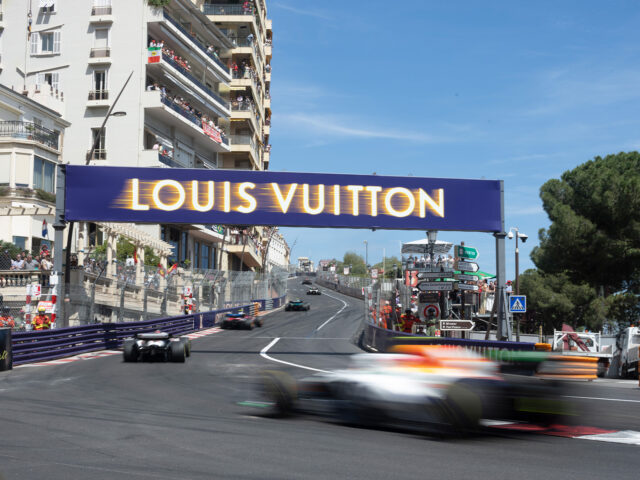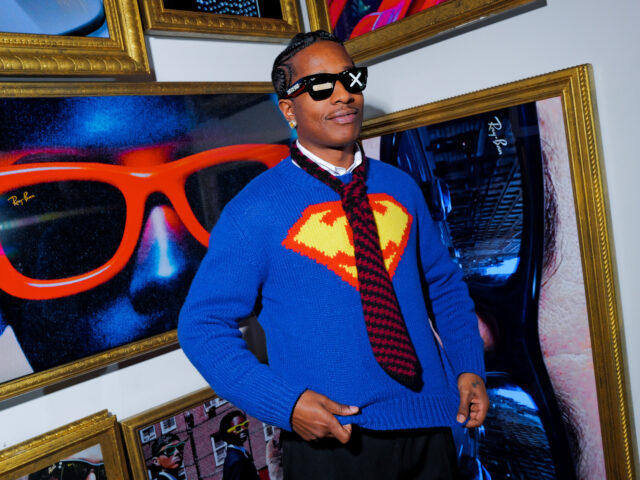The news that SZA has been named artistic director at Vans confirms something we’ve been seeing for some time: brands are no longer content with simply using a celebrity as the face of their campaign. They want something deeper, more authentic… more artistic, perhaps? They want cultural architects capable of constructing narratives that resonate beyond the product itself.
SZA is not alone. In recent months, we have seen A$AP Rocky become the first creative director of Ray-Ban Studios, Travis Scott take on the role of Chief Visionary at Oakley, and Pharrell Williams take the reins of Louis Vuitton‘s menswear line. All of them mark the beginning of a new era in which the weight of popular culture is shifting directly to the industry’s management positions, at least in the creative sphere.
To understand this change, we must go back to 2018, when Virgil Abloh took over as artistic director of Louis Vuitton menswear. His appointment broke the rules: luxury, until then anchored in tradition and exclusivity, opened its doors to streetwear, sneakers, and music culture. Virgil didn’t just design clothes, he designed cultural moments. With him, Vuitton went from being a closed maison to a global stage where influencers, rappers, gamers, and artists all had a place. Luxury became a conversation of the people, by and for the masses. And that model became the blueprint for the rest of the industry: if Vuitton could do it, why not Vans, Ray-Ban, or Oakley?
What’s interesting is how we’ve moved from an era of superficial collaborations to one in which artists have decision-making power. Lady Gaga as creative director of Polaroid (2010) and Alicia Keys at Blackberry (2013) were failed attempts to connect technology and music with pure marketing strategy. Today, the game has changed. Rihanna at Puma, Kanye West x Yeezy at Adidas and Tyler, The Creator at Converse have shown that artists can bring not only visibility, but also aesthetic direction, consistency, and community. The difference is huge: they no longer just lend their faces to a campaign, they impose their vision on the entire communication strategy.
What does this reveal about the current cultural competition in the market? It reveals that it is no longer about who makes the best product, but who builds the most powerful narrative. Brands are struggling to differentiate themselves in a saturated market, and to do so they need symbols, cultural codes, and authentic narratives that connect with global communities.
The answer lies in how we consume culture today. Fashion, music, and digital are no longer separate compartments: they are one and the same language. A sneaker launch can go viral on TikTok in the hands of an artist, just as a music video can set the aesthetic for a season. In this context, having a musician in creative direction is no longer a whim, but a strategy to ensure authenticity and constant conversation.
What’s more, new generations of consumers can tell when an artist is genuinely involved and when it’s just pure endorsement. And that’s the key: brands aren’t looking for famous faces, they’re looking for cultural credibility. Because, let’s be realistic, competition is fierce. The market has long been saturated with drops and viral campaigns. Only narratives that stand out and leave a mark on the collective memory survive.
The big question is whether this model will become the norm or whether we are witnessing a market trend that will eventually die out. Even so, there is already a significant risk of emptying the role of creative director of its content. If every firm seeks out its trusted artist to put in charge, how long will it take for the depth of design to be lost in favor of show business?
Sigue toda la información de HIGHXTAR desde Facebook, Twitter o Instagram
You may also like...
